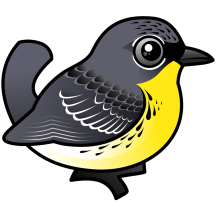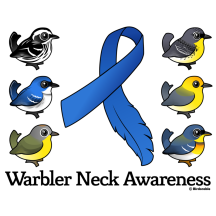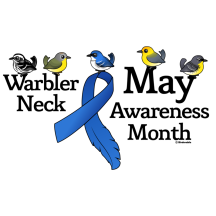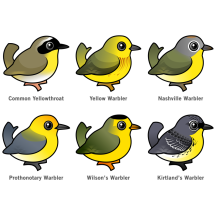The Kirtland's Warbler (Setophaga kirtlandii) is a rare and specialized songbird with a striking appearance. It is most notable for its blue-gray back and yellow breast, complemented by streaks along its sides. Both males and females share a similar look, though the males tend to have slightly brighter coloring.
This warbler has very specific habitat requirements, nesting almost exclusively in young jack pine forests. These areas must have trees of a certain age, which are typically created by periodic wildfires necessary for the regeneration of their breeding habitat. Kirtland's Warbler winters in the Bahamas, making a remarkable journey across thousands of miles each year.
Behaviorally, the Kirtland's Warbler is quite secretive and can be difficult to spot, often staying close to the ground within its dense pine sanctuary. During breeding season, males are known for their melodious song, which they use to defend their territory and attract mates.
Conservation efforts for Kirtland’s Warbler are considered a success story. Once on the brink of extinction, intensive habitat management and control measures for nest parasites like the Brown-headed Cowbird have significantly boosted their numbers. However, ongoing conservation work remains crucial to maintain their population.
カアトランドアメリカムシクイ (ka-torandoamerikamushikui)











































